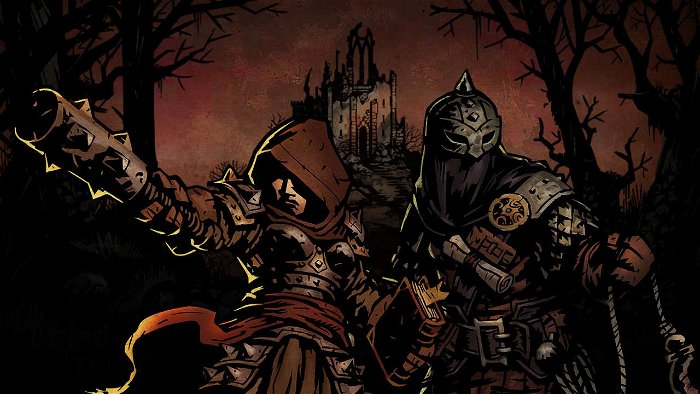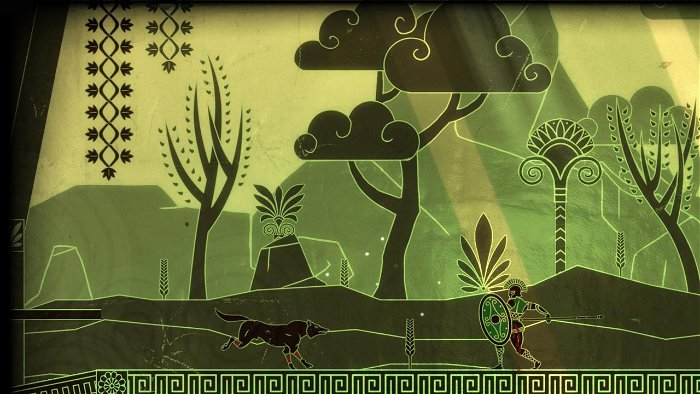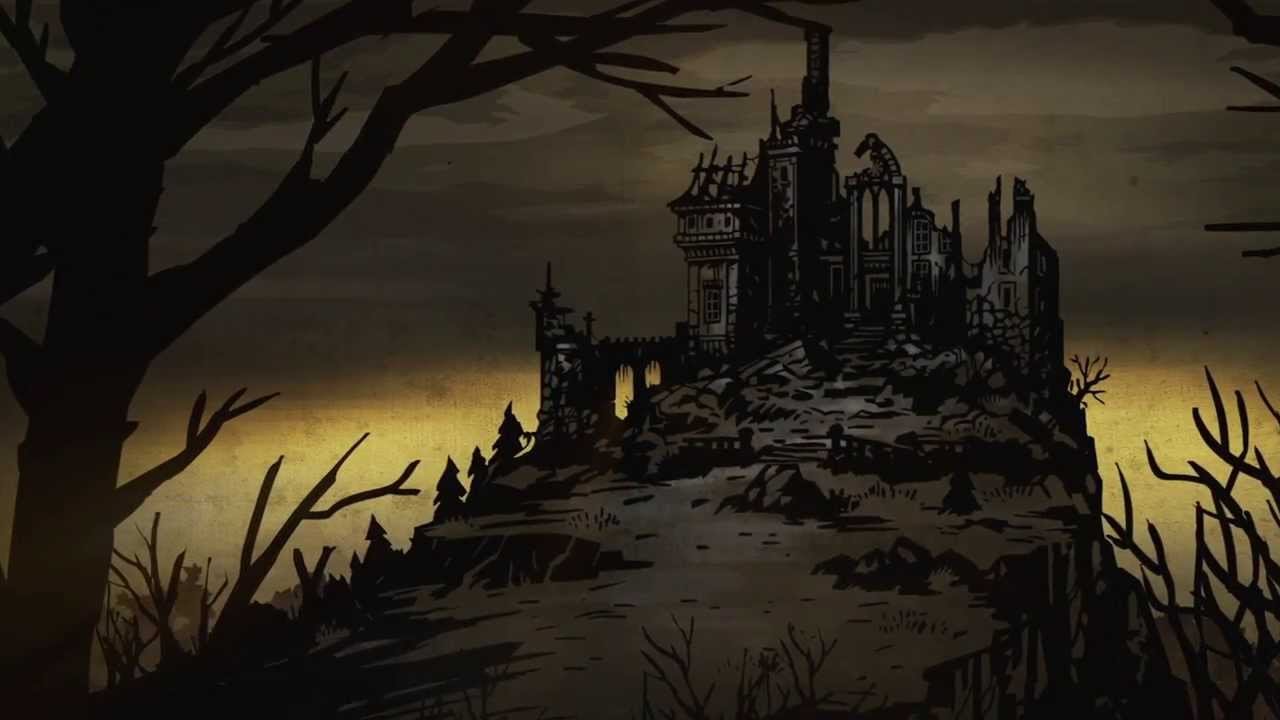There’s something about hand-drawn animation that will always manage to impress. Even as computer generated visual styles become more refined in both film and videogames the sense of humanity that comes from traditional, “analogue” methods seems impossible to replicate. When animation is based on the intimate contact of pen on paper (or even stylus on tablet), the artist’s touch is more visible. The viewer is reminded that real people have created the media they’re enjoying. In games, hand-drawn art styles are most prevalent in 2D titles, where fixed backgrounds and flat character models can be detailed with great precision. Though 2D took an understandable backseat as advancements in console and computer hardware power made fully 3D videogames possible, they may be set for a comeback.
Mainstream, technologically-impressive videogames aren’t going to become any less expensive over time. Players have grown accustomed to the medium’s biggest, marquee releases focusing on beautifully rendered 3D spaces—detailed environmental textures and lifelike character models. We’ve come to expect that a game released by a major publisher will push against the current limits of videogame hardware in order to create more realistic visuals. But, as games rush to take full advantage of ever more powerful technology, they also have to consider the cost involved with doing so. A title like Infamous Second Son may feature extremely lifelike character models, beautiful lighting, and nearly photo-perfect city streets, but the work that goes into actually creating these elements can’t be forgotten. As the worlds and characters in mainstream 3D titles become more detailed the amount of effort that goes into creating these details grows in proportion. Development staffs become larger; the amount of time necessary to finish a title becomes longer; the entire production process becomes ever more expensive. If the resulting game doesn’t sell enough to warrant these costs, even an otherwise great title can be considered a failure. It all adds up to make the current approach to game design seem pretty untenable.

Recently, I played Red Hook Studios’ Darkest Dungeon and Alientrap Games’ Apotheon (both of which were developed by Canadian studios, nicely enough). The two games—a dungeon-crawling RPG and a Metroid-style action adventure—play quite differently, but both use a 2D perspective to highlight their unique visual design. Apotheon resembles interactive Grecian pottery, the player character navigating an environment rendered in digital approximation of two-dimensional art rather than a “realistic” version of ancient myth. Darkest Dungeon features illustrated characters and environments, lending its various levels and menus a greater sense of intimacy than they would if rendered as a fully 3D, computer animated world. The studios behind these titles are both far smaller than the ones responsible for a new Call of Duty or Assassin’s Creed entry and (though this doesn’t minimize the work involved) are able to save on development costs by creating 2D, hand-drawn visuals.
What’s interesting about both games is that, instead of taking away from their appeal, the unique confines of developing in 2D add novelty to the experiences—Apotheon may play quite a bit like other games before it, but the creativity of its art and level design make it stand out; Darkest Dungeon is yet another title to try to introduce new ideas to the crowded “rogue-like” genre, but its incredibly distinctive look helps draw players into its systems. Red Hook Studios and Alientrap Games didn’t just avoid the need for big staffs and extensive financing by making 2D, hand-drawn games—they also helped their projects to attract attention by taking this approach. It would have been easy to pass over these titles if it wasn’t for their unique visuals and that would have been a shame as both are well worth checking out.

Considering the expense that goes into developing large, technologically-stunning game worlds, the path taken by Darkest Dungeon and Apotheon may begin to look more and more appealing to even the biggest studios. Instead of funneling so many resources into a game like Far Cry 4, Ubisoft’s publishing higher-ups may see more benefit in putting their most talented developers to work on smaller 2D releases in the vein of Child of Light or Valiant Hearts. The pay-off for exercising creativity within the limits of a supposedly outmoded style of game can be large, after all. For players the benefit seems clear: greater variety in the titles we play and an alternative path forward for a medium whose mainstream often seems hard-pressed to try truly new things.




